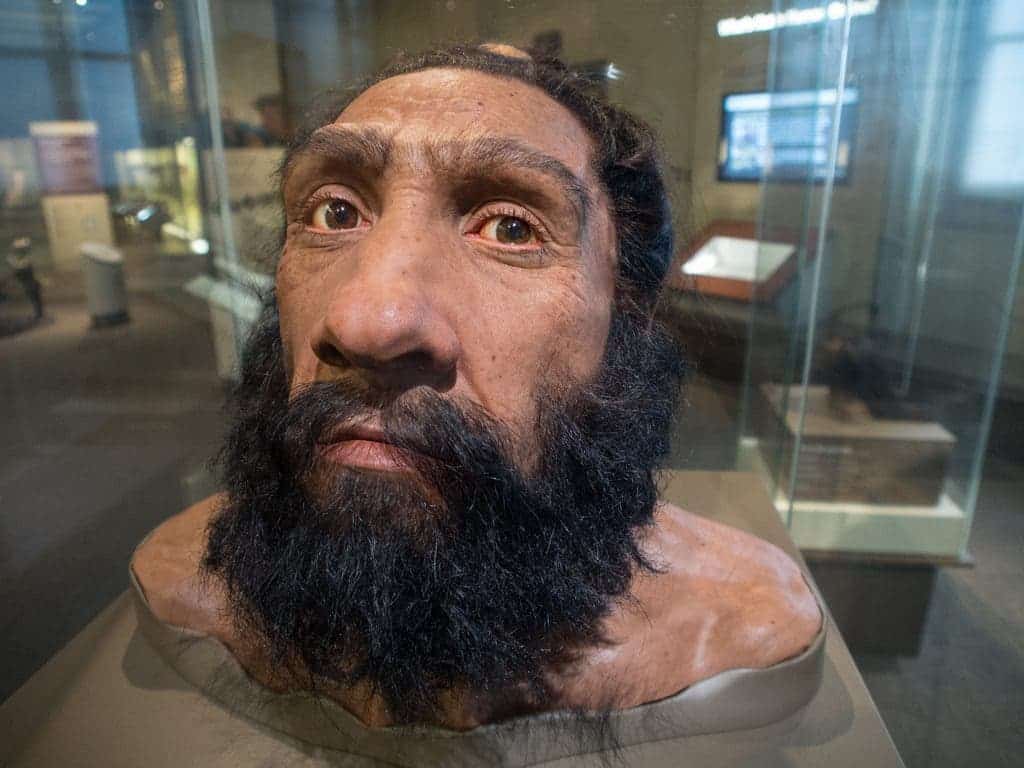Westerners are horror-struck by the prospect of an Ebola or Zika pandemic in their very own neighbourhood. Media panic aside, that’s extremely unlikely thanks to modern medical science. Our close cousins, the Neanderthals, weren’t so lucky tens of thousands of years ago when they first met us, humans. British researchers analyzed ancient bone DNA and sequenced pathogens and found some infectious diseases are far older than we thought. They argue that it’s very likely that humans passed many diseases to Neandertals, the two species having interbred, like tapeworm, tuberculosis, stomach ulcers and types of herpes.

“Humans migrating out of Africa would have been a significant reservoir of tropical diseases,” says Dr Charlotte Houldcroft, from University of Cambridge’s Division of Biological Anthropology. “For the Neanderthal population of Eurasia, adapted to that geographical infectious disease environment, exposure to new pathogens carried out of Africa may have been catastrophic.”
However, it is unlikely to have been similar to Columbus bringing disease into America and decimating native populations. It’s more likely that small bands of Neanderthals each had their own infection disasters, weakening the group and tipping the balance against survival,” says Houldcroft.
Now, the researchers note that there’s no direct evidence of humans infecting Neanderthals with diseases they weren’t adapted for, but in all likelihood this happened. Scientists are confident the two species interbred at least as early as 50,000 years ago. Everyone on this planet, apart from sub-Saharan populations, has up to 4% Neanderthal DNA. Given the migration timeline and what researchers recently found out about when some pathogens first appeared, many Neanderthal communities must have been vulnerable.
The longstanding view is that most infectious diseases exploded some 8,000 years ago when serious agriculture was introduced. As human communities became denser and sedentary, sharing their living space with livestock, this created the perfect environment for diseases to spread and transfer from species to species.
This most recent analysis suggests that many diseases massively pre-date the agriculture inspection theory. Helicobacter pylori, which causes stomach ulcers, is estimated to have first infected humans in Africa at least 88,000 years ago and first arrived in Europe 52,000 years ago. Herpes simplex 2 was transmitted from unknown hominins to humans 1.6 million years ago, and tuberculosis was actually transmitted from humans to livestock, not the other way around.
“We are beginning to see evidence that environmental bacteria were the likely ancestors of many pathogens that caused disease during the advent of agriculture, and that they initially passed from humans into their animals,” says Houldcroft.
“Hunter-gatherers lived in small foraging groups. Neanderthals lived in groups of between 15-30 members, for example. So disease would have broken out sporadically, but have been unable to spread very far. Once agriculture came along, these diseases had the perfect conditions to explode, but they were already around.”
It’s not clear to this day what killed off the Neanderthals. There are so many theories it’s hard to keep up. Climate change (ice age), competition and warfare with humans, even the Neanderthal’s overly large eye sockets could have brought their demise. Diseases most surely also played a role. The reality was probably far more complex — a combination of many factors. “It is probable that a combination of factors caused the demise of Neanderthals,” says Houldcroft, “and the evidence is building that spread of disease was an important one.”
Reference: Charlotte J. Houldcroft, Simon J. Underdown. Neanderthal genomics suggests a pleistocene time frame for the first epidemiologic transition. American Journal of Physical Anthropology, 2016; DOI:10.1002/ajpa.22985






